Why Terrain Matching Matters More Than You Think
Choosing the right e-bike isn't just about style or price—it's about matching your bike to the terrain you'll actually ride. Whether you're commuting through busy city streets, exploring scenic park paths, or tackling challenging mountain trails, the wrong bike can turn an enjoyable ride into a frustrating struggle.
That's why we've developed this comprehensive 10-level terrain matching system. Each level represents increasingly challenging riding conditions, from smooth city pavement to extreme off-road adventures. By understanding where your typical rides fall on this scale, you can choose an e-bike that will enhance your experience rather than limit it.
💡 What You'll Learn
- • How to assess your local riding conditions
- • Which e-bike types excel in different environments
- • Why motor power and battery life vary by terrain
- • Expert tips for transitioning between terrain levels
The 10-Level Terrain Scale
From smooth city roads to extreme off-road adventures, find your perfect e-bike match
Smooth City Roads
Perfect asphalt with bike lanes and minimal obstacles. City bikes excel here with their upright position, comfortable seating, and efficient design for daily commuting.
Urban Streets with Light Traffic
Mix of smooth roads with occasional potholes and curbs. City bikes handle the smoothness while folding bikes offer portability for mixed transportation needs.
Paved Park Paths
Well-maintained recreational paths with gentle curves. City bikes provide comfort and stability for leisurely rides through parks and scenic routes.
Light Gravel or Packed Dirt Trails
Firm surfaces with small stones and packed earth. Folding bikes can manage short sections, while hybrid bikes offer better traction and comfort on these mixed surfaces.
Country Roads with Some Rough Patches
Uneven pavement with potholes and loose gravel. Hybrid bikes provide versatility, while fat tire bikes offer superior stability and shock absorption over rough patches.
Gentle Trails and Fire Roads
Wide dirt roads with moderate inclines and loose surfaces. Mountain bikes provide better control and durability, while fat tire bikes excel in sandy or soft conditions.
Moderate Off-Road Trails
Single-track trails with rocks, roots, and moderate technical features. Mountain bikes offer essential suspension and geometry, while fat tire bikes provide traction on loose terrain.
Steeper and Rougher Trails
Challenging climbs with loose rocks and technical descents. Mountain bikes with full suspension handle the terrain, while trikes provide stability for riders needing extra support.
Technical Mountain Trails
Expert-level trails with drops, jumps, and complex obstacles. Advanced mountain bikes with premium components are essential, while fat tire bikes handle extreme loose conditions.
Extreme Off-Road and Cross-Country
Most challenging conditions with cliff edges, boulder fields, and extreme weather. Only the most rugged mountain bikes and specialized fat tire bikes can handle these demanding environments.
How to Use This Guide
🚴♀️ For New Riders
Start with levels 1-3 to build confidence and experience before tackling more challenging terrain.
🛤️ Know Your Route
Consider the most challenging parts of your planned route when selecting your e-bike type.
⚡ Power Matters
Higher terrain levels often benefit from more powerful motors and better battery capacity.
Terrain Difficulty Scale
Use this visual scale to quickly identify where your preferred riding terrain falls and match it with the appropriate e-bike type.
Quick Reference Guide
Hybrid Bikes
Best for: Levels 4-5
Mixed terrain versatility
Fat Tire Bikes
Best for: Levels 5-10
Maximum traction
Expert Tips for Terrain Transition
🔋 Battery Considerations
- • Levels 1-3: 400-500Wh batteries sufficient for most rides
- • Levels 4-6: 500-750Wh recommended for extended range
- • Levels 7-10: 750Wh+ essential for demanding terrain
⚙️ Motor Power Guide
- • Levels 1-3: 250-350W motors provide adequate assistance
- • Levels 4-6: 500-750W for hills and moderate off-road
- • Levels 7-10: 750W+ for challenging climbs and obstacles
🛡️ Safety & Maintenance by Terrain Level
Levels 1-3: Urban Care
Regular cleaning, tire pressure checks, and brake adjustments. Consider lights and reflective gear for city riding.
Levels 4-6: Mixed Terrain
More frequent chain cleaning, suspension checks, and tire inspection. Carry basic repair tools for trail-side fixes.
Levels 7-10: Extreme Conditions
Professional maintenance recommended, specialized gear required, emergency communication devices essential.
Your Journey Starts with the Right Choice
Choosing the right e-bike for your terrain isn't just about performance—it's about safety, enjoyment, and getting the most value from your investment. Whether you're planning peaceful rides through city parks or epic mountain adventures, matching your bike to your terrain is the foundation of every great ride.
🎯 Key Takeaways
- • Start Conservative: Begin with easier terrain levels and work your way up as you gain experience and confidence
- • Consider Your 80%: Choose a bike that handles 80% of your intended riding, not just the most extreme scenarios
- • Factor in Growth: Your riding skills and ambitions will evolve—consider a bike that can grow with you
- • Test Before You Buy: Nothing replaces actually riding different e-bike types on your local terrain
- • Maintenance Matters: Higher terrain levels require more maintenance knowledge and preparation
The Bottom Line
The perfect e-bike is out there for every rider and every terrain. By using our 10-level system, you can make an informed decision that will enhance your riding experience for years to come. Remember, the best e-bike isn't necessarily the most expensive or feature-packed—it's the one that perfectly matches your riding style, local terrain, and personal goals.
Ready to find your perfect match? Use this guide to identify your terrain level, then explore e-bikes designed for your specific needs. Your ideal riding companion is waiting, and with the right choice, every ride becomes an adventure worth taking.
🚴♂️ Ready to Ride?
Browse our curated selection of e-bikes organized by terrain level, or speak with our experts to find your perfect match.

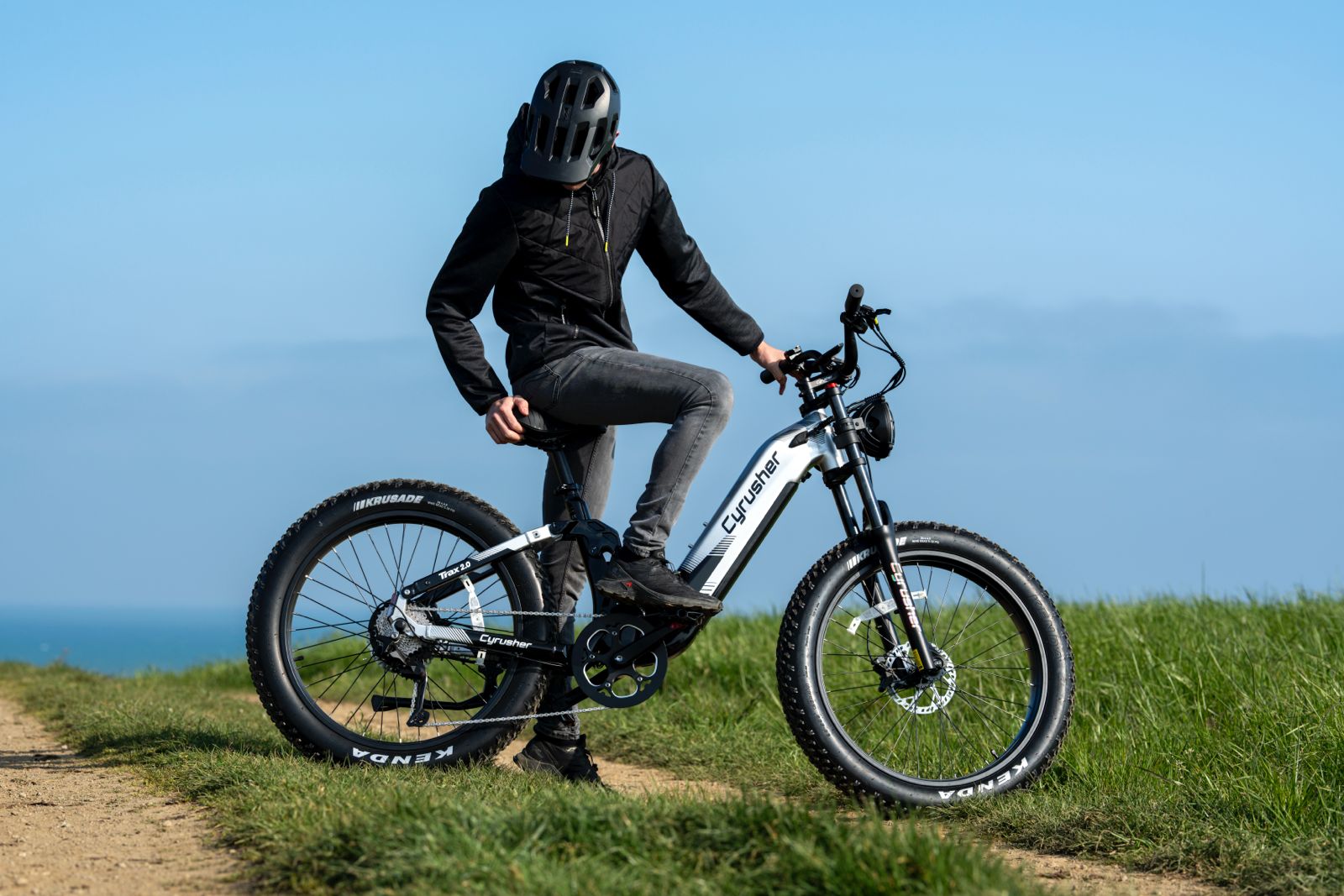
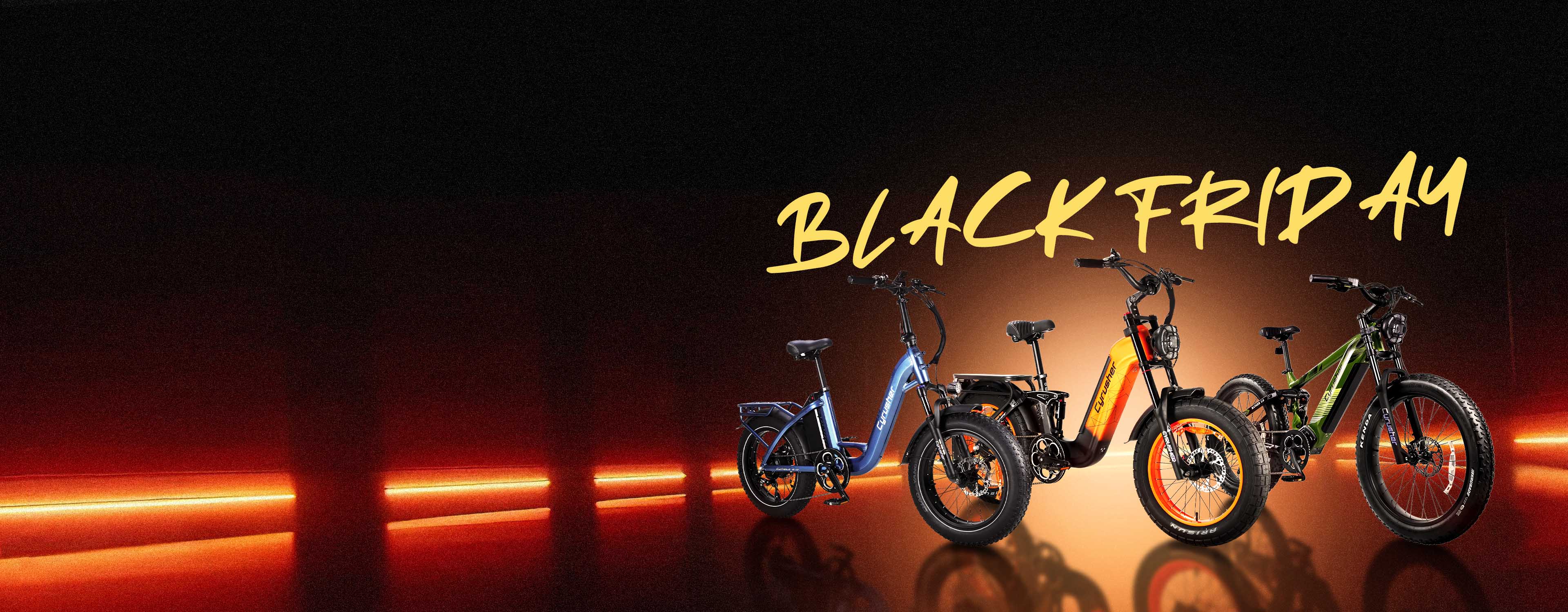
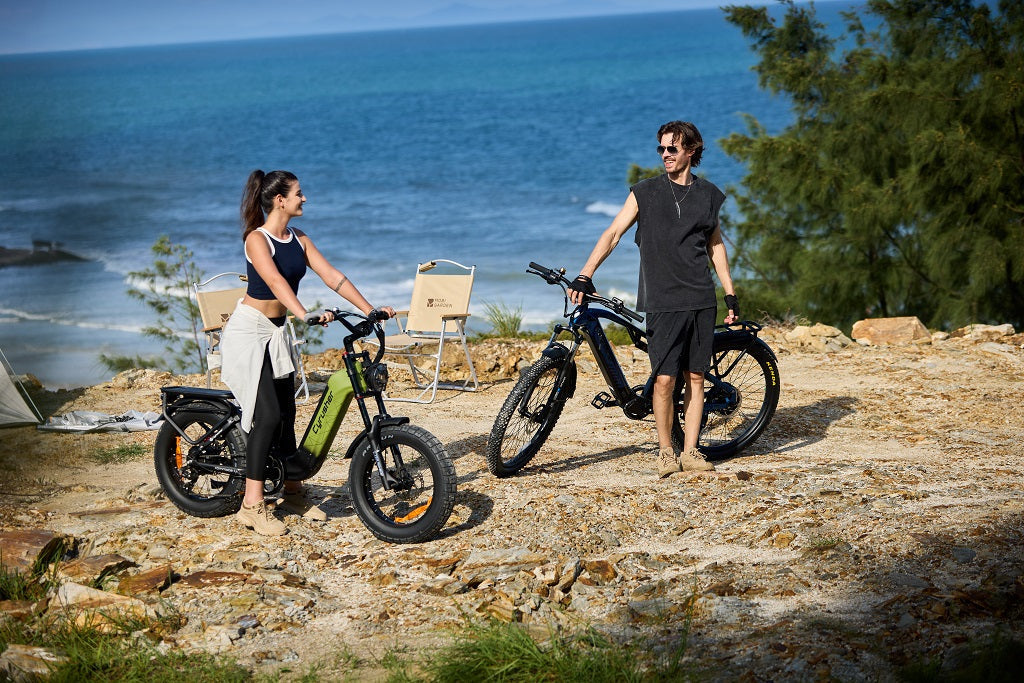
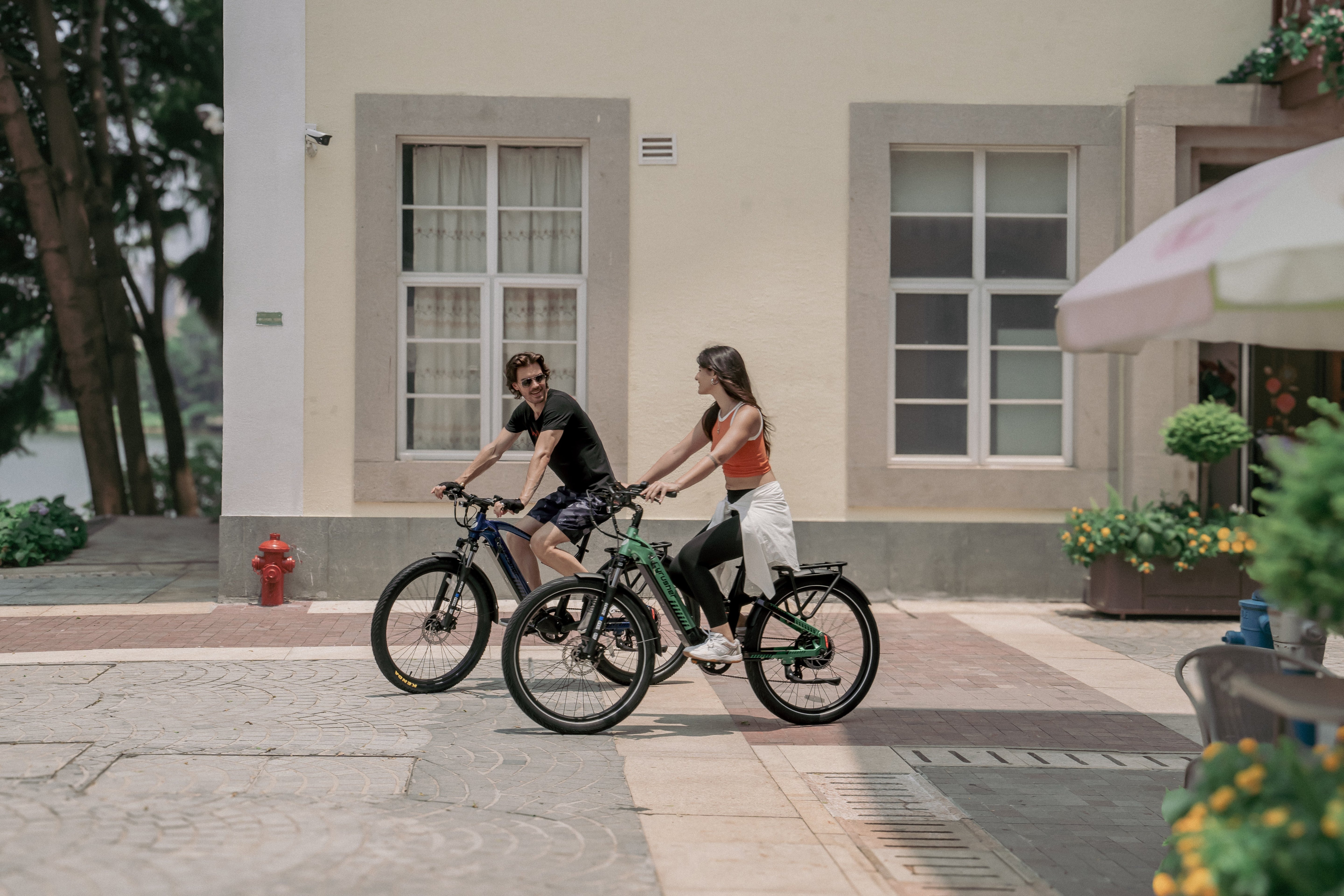
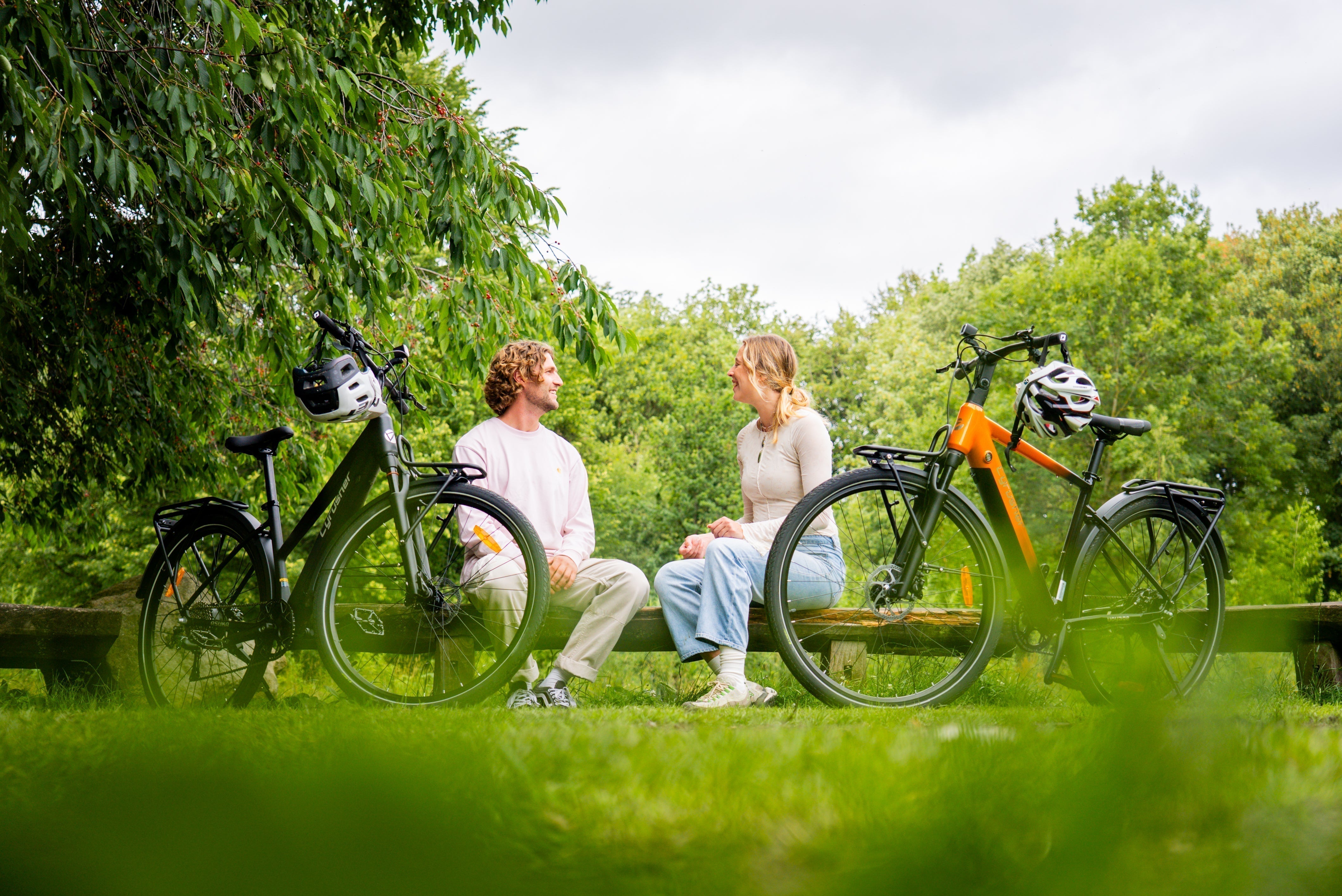
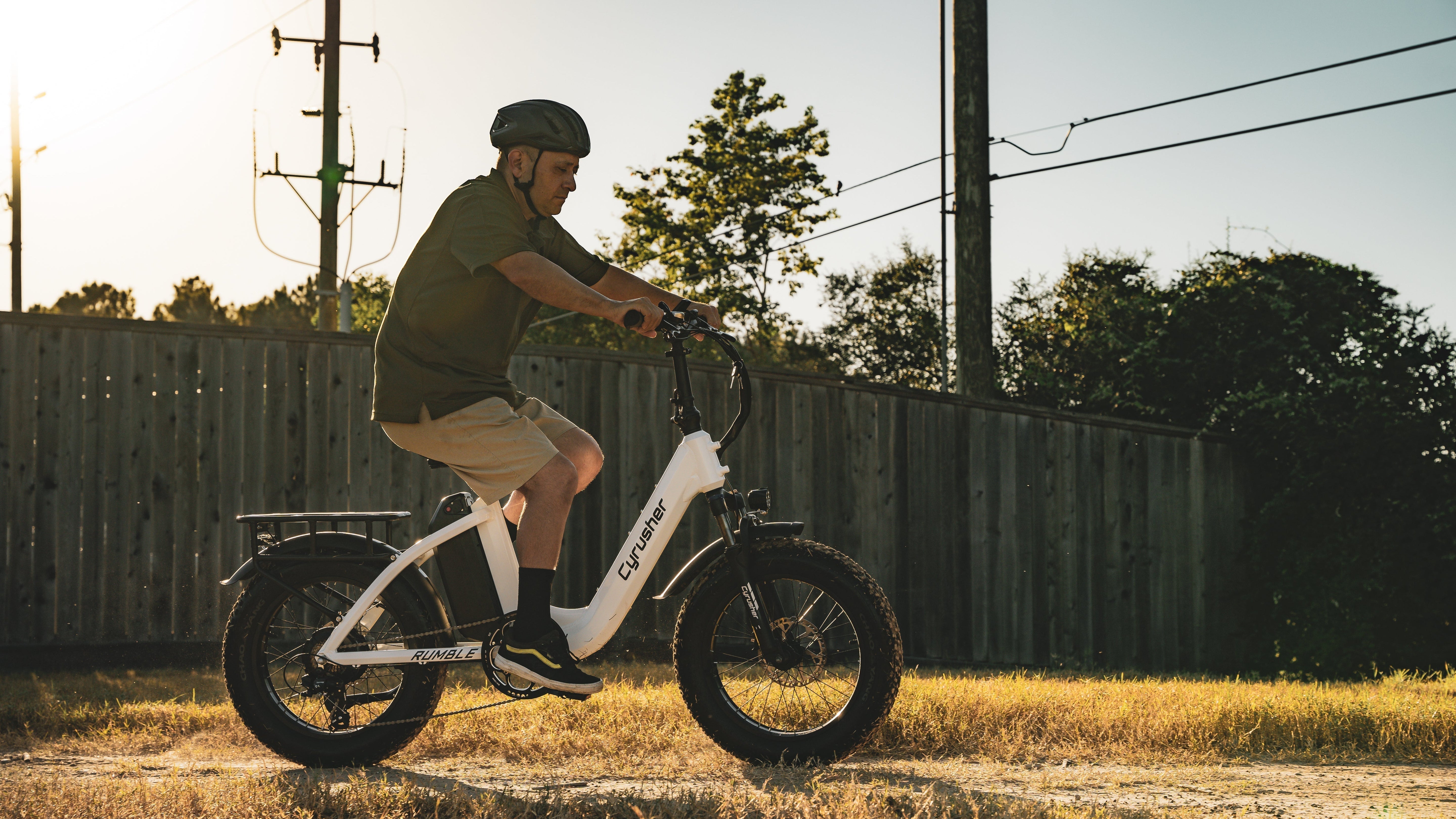
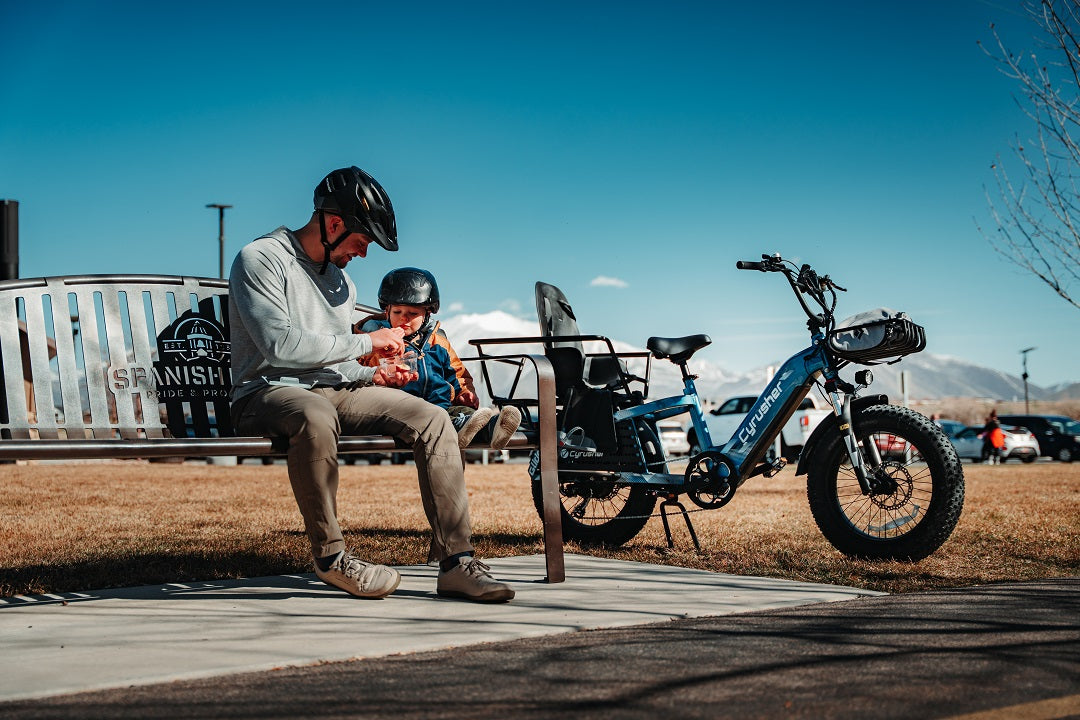
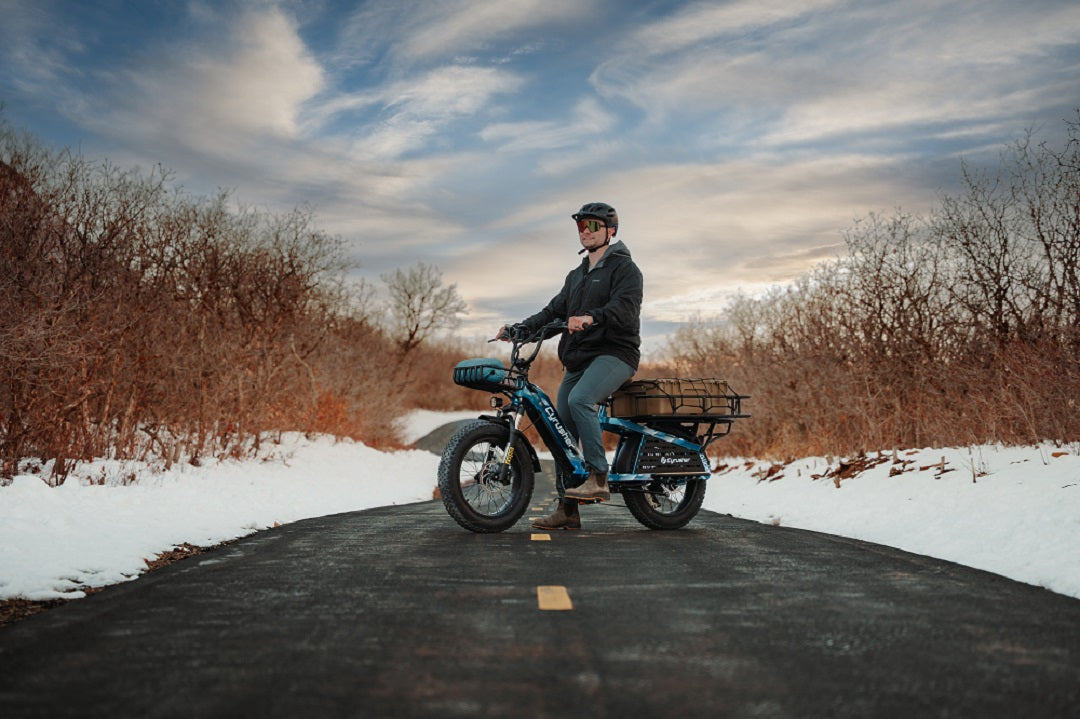
Share:
Difference Between Step-Through and Step-Over Electric Bikes
How to maintain your electric bike